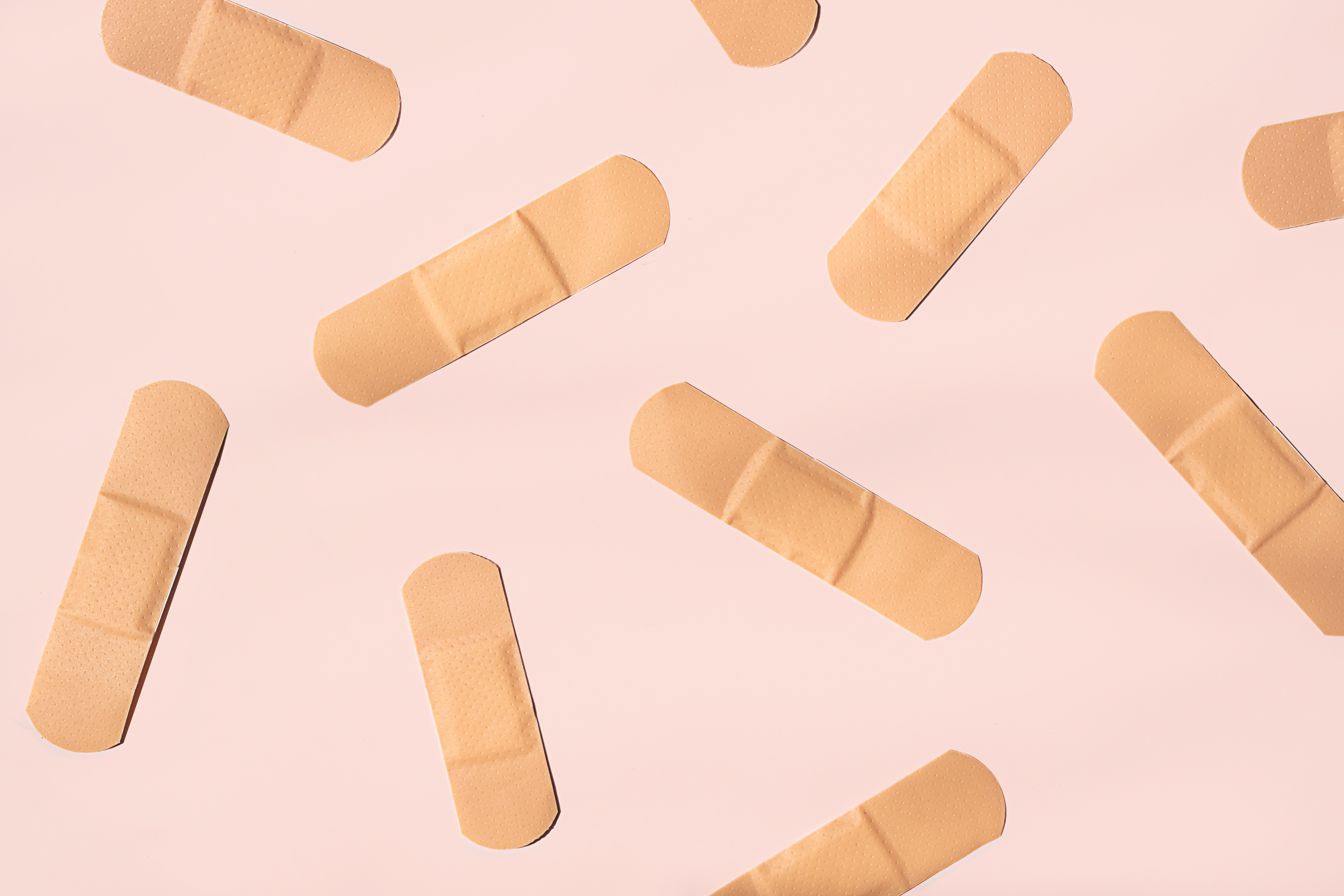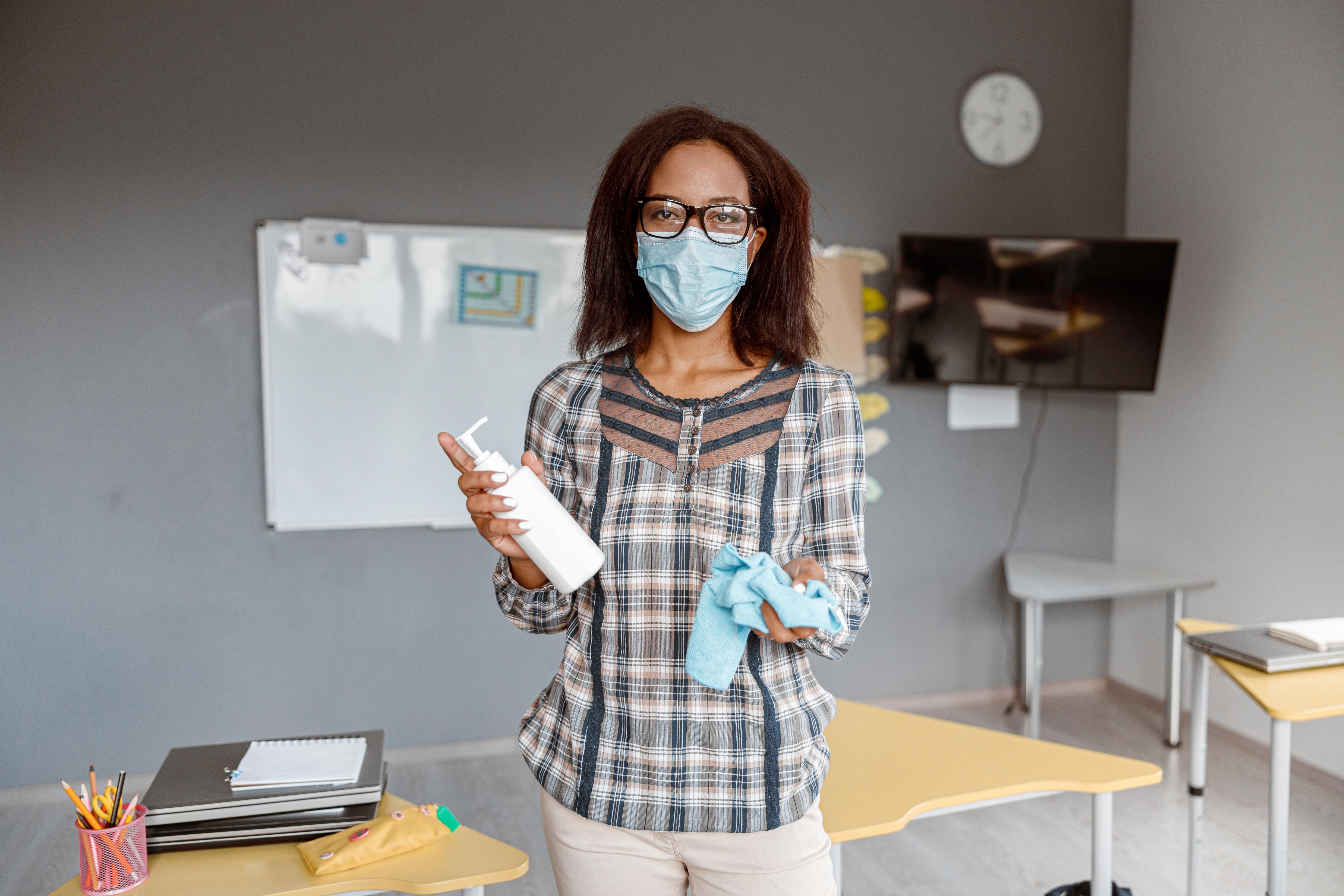10 First Aid Kit Essentials You Should Never Travel Without
The importance of a well-stocked first aid kit cannot be overstated. Whether you're at home, in the car, or out in the wilderness, having immediate access to essential medical supplies can mean the difference between a minor mishap and a major emergency. First aid kits are designed to provide immediate, temporary care for injuries and illnesses, allowing you to stabilize the situation until professional help arrives. This article aims to delve into the 10 essential items that should be included in every first aid kit, highlighting their uses, importance, and how they interconnect to form a comprehensive emergency response system. Understanding the role each item plays will empower you to handle emergencies with confidence and competence. This guide will explore the must-have items in a first aid kit, ensuring you are well-equipped to handle a range of medical situations.
1. Adhesive Bandages: The First Line of Defense

Adhesive bandages are perhaps the most recognizable component of any first aid kit. They are indispensable for covering minor cuts, blisters, and abrasions, protecting wounds from dirt and bacteria which can lead to infection. Available in a variety of sizes and shapes, adhesive bandages are designed to conform to different parts of the body, providing a snug fit that stays in place during movement. Their importance in a first aid kit cannot be overstated, as they are often the first line of defense against infection following a minor injury. The versatility of adhesive bandages makes them an essential item in any first aid kit. They are not only useful for covering wounds but can also be used to secure gauze pads or dressings in place. Additionally, some adhesive bandages are waterproof, providing an extra layer of protection in wet conditions. Including a variety of adhesive bandages in your first aid kit ensures that you are prepared for a wide range of minor injuries, making them a cornerstone of any emergency preparedness plan.
2. Antiseptic Wipes and Solutions: Preventing Infection

Antiseptic wipes and solutions are crucial for cleaning wounds and preventing infection. When a person sustains a cut or scrape, bacteria can easily enter the body, leading to infection and potentially more serious health issues. Antiseptic wipes and solutions help to eliminate germs and bacteria, ensuring that the wound is clean before applying a bandage or dressing. These items are essential for maintaining hygiene and preventing complications in the aftermath of an injury. In addition to their role in cleaning wounds, antiseptic wipes and solutions can also be used to sanitize hands and surfaces, further reducing the risk of infection. They are particularly important in situations where access to clean water is limited, making them a vital component of any first aid kit. By including antiseptic wipes and solutions in your kit, you can ensure that you are prepared to provide effective wound care, minimizing the risk of infection and promoting faster healing.
